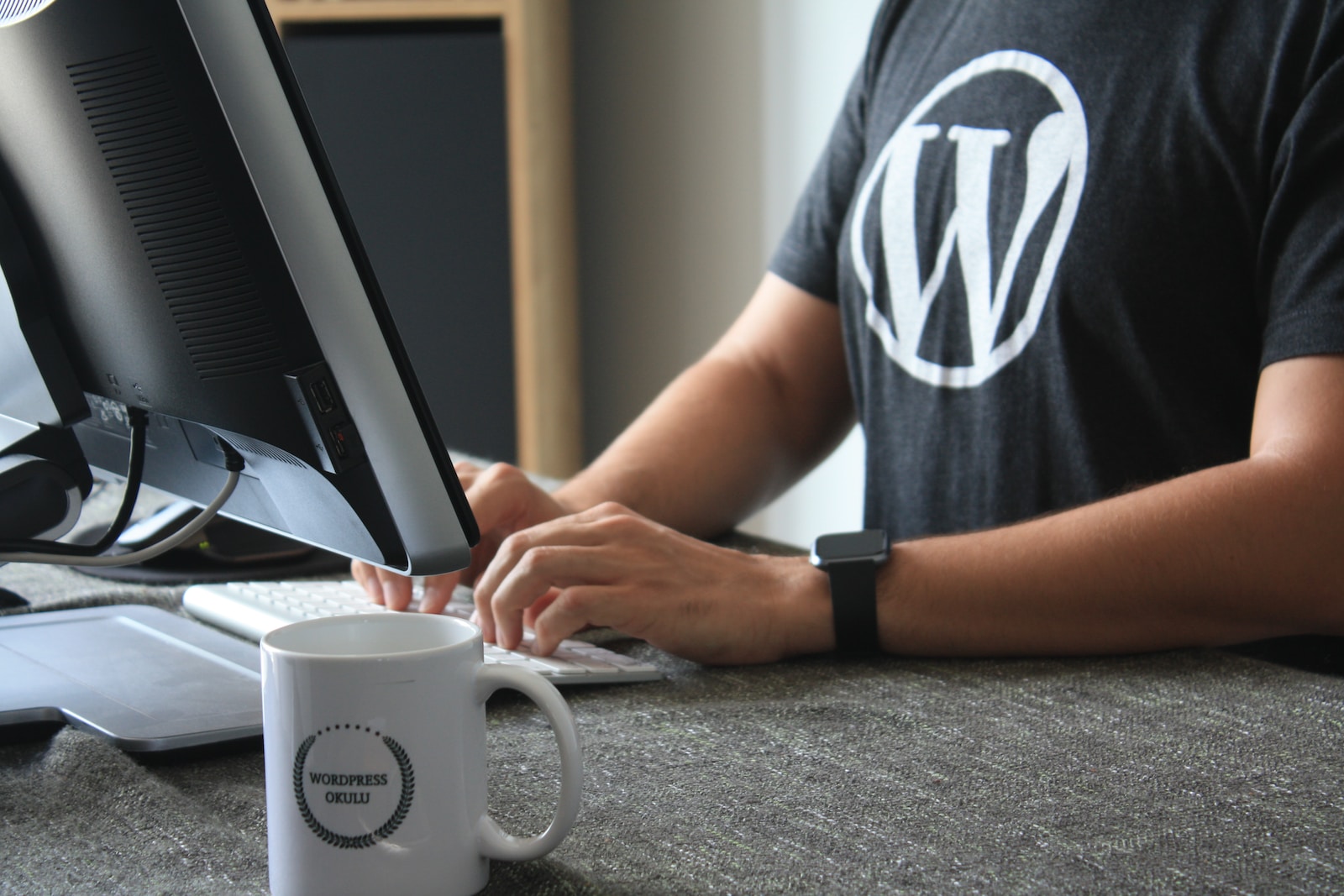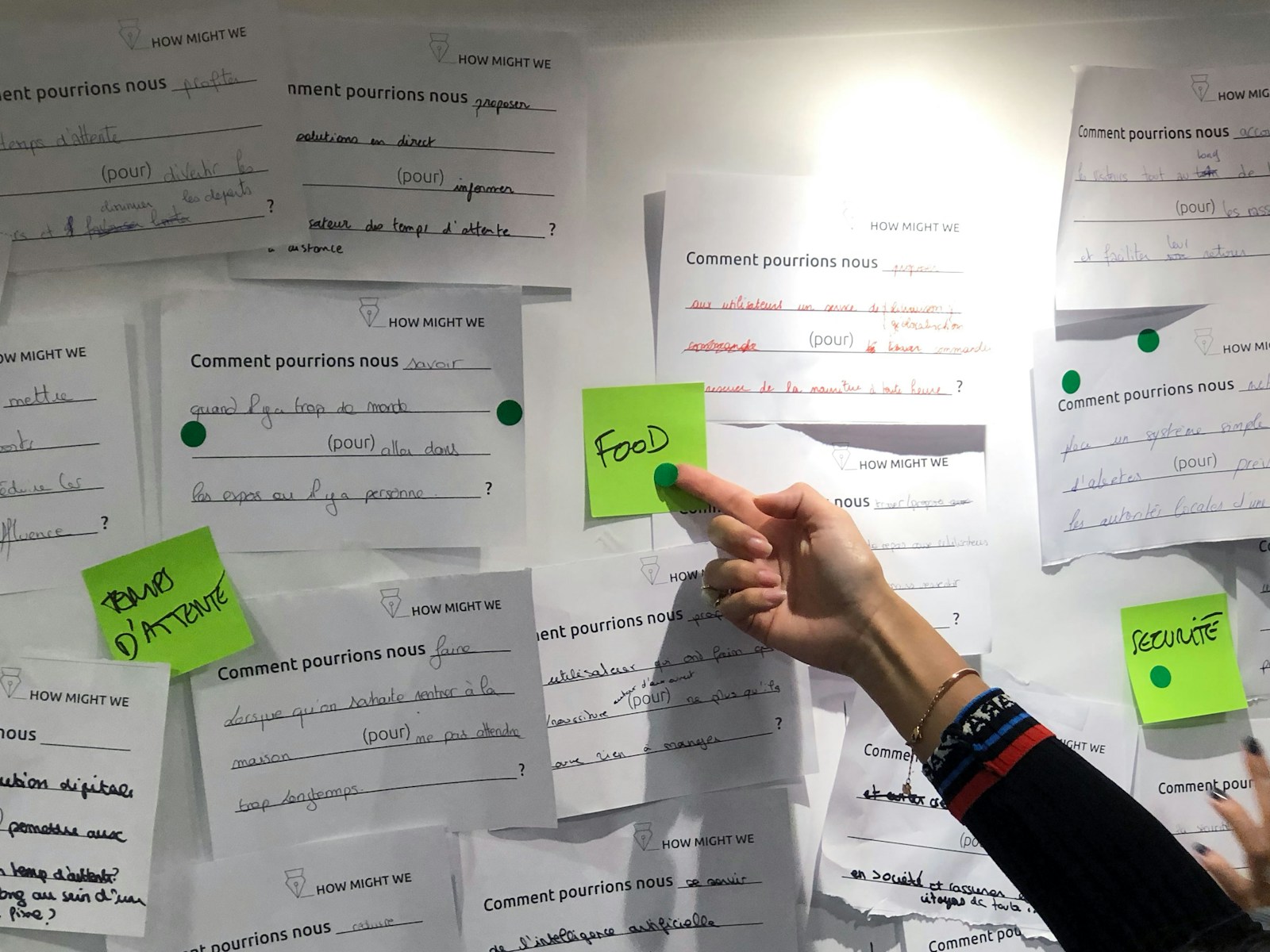Ready to Build a Website?
Simple Steps to Create a WordPress Site (mostly) without Code
Building a WordPress site doesn’t have to be complicated.
With the right approach, you can create a great website (mostly) without code.
This guide will walk you through the key steps to get started.
simple, clear and frustration-free
Step 0: The Bascis
-

WordPress.org vs. WordPress.com – Which One Do You Need?
Wait, there are two versions of WordPress? Yep! But don’t worry—I’ll break down the key differences so you can choose the right one for your website.
-

What is WordPress?
Ever wondered what WordPress actually is and why everyone keeps talking about it? Here’s a simple breakdown of what it does, who it’s for, and why it might be the best tool for your website.
Step 1: Setup & Installation
-
Local: The Easiest Way to Set Up a Local WordPress Site
Develop and test your WordPress site locally before going live. With Local by Flywheel, you can create a local WordPress environment in minutes—no complex setup required.
-
Test WordPress NOW with WordPress Playground
Want to try WordPress without setting up hosting or installing anything? Meet WordPress Playground—a free, browser-based way to experiment with WordPress in seconds. Here’s how it works and why it’s a game-changer for beginners.
Step 2: Structure & Layout
-
WordPress Categories vs. Tags: How to Organize Your Blog Properly
When you first start using WordPress, you’ll notice two main content types: Pages and Posts. While they may seem similar, they serve different purposes. In this guide, I’ll explain the difference between Pages and Posts, when to use each one, and how they work together to structure your WordPress site.
-
WordPress Pages vs. Posts: What’s the Difference?
When you first start using WordPress, you’ll notice two main content types: Pages and Posts. While they may seem similar, they serve different purposes. In this guide, I’ll explain the difference between Pages and Posts, when to use each one, and how they work together to structure your WordPress site.
Step 3: Design & Customization
Step 4: Content & Functionality
Step 5: Launch & Maintenance
Need help with something specific?
Browse my latest guides in my Blog



